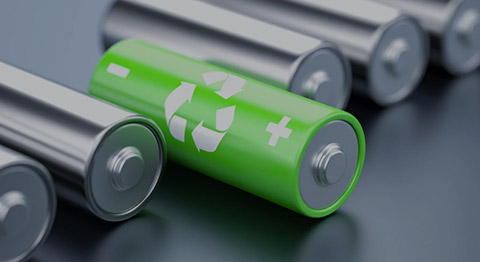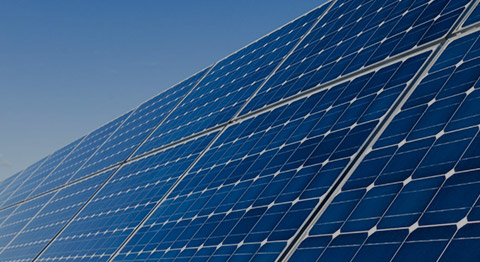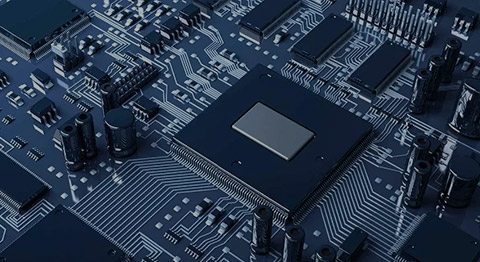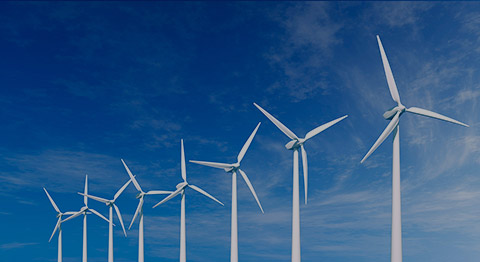Carbonisation furnace carbonisation is the decomposition of solid organic matter by heating at high temperatures under oxygen-free atmosphere conditions. Evaporator moisture. Thus carbonisation decomposition of organic matter made of charcoal. After cooling, the activated charcoal can be cooled again for the finished carbon. The carbonisation process can be divided into three stages: preheating, carbonisation and cooling. The heating conditions can be adjusted for different materials. Parameters such as charring temperature and charring time can be controlled.
The process of carbonisation treatment in continuous carbonisation furnace:
1. Preheating stage: Start the carbonising furnace first, and heat the air in the furnace chamber by fuel, natural gas, electricity and so on. The temperature of the furnace body rises gradually. Thus the raw material is preheated. In this process, the water and other organic substances in the carbonised raw material will be evaporated. The drying effect is achieved on the raw material. This process reduces gas emissions during the carbonisation process. Due to the different characteristics of different raw materials. They contain moisture and organic matter. Pretreatment time and temperature are different. If charring wood. It is usually necessary to carry out drying treatment first. Reduce the moisture of raw materials to less than 10%.
2. Carbonisation stage: When the temperature inside the carbonisation furnace reaches the carbonisation level. The organic matter in the raw material will begin to be pyrolysed. The pyrolysis process will produce methane, carbon monoxide and other combustible gases. At the same time, the solid material in the raw material will begin to carbonisation reaction. This eventually leads to the formation of carbonaceous solid fuels such as charcoal. Biomass carbon can also be used in waste gas treatment, wastewater treatment and other industries. Wide range of uses. However, it should be noted that the carbonisation process should control the carbonisation temperature, carbonisation speed and time and other parameters. So as to ensure the quality of the finished carbonised products.

3. Cooling stage: After heating and carbonising for a certain period of time. The volatility in the wood will be completely released. Thus pure charcoal products are left. Because the temperature of the carbonised material is high. Therefore, the material should be cooled by the cooling device first. The cooled material can be discharged.
The above is the carbonisation process. There is a difference between carbonisation and other related technologies. Carbonisation is a reaction process in which solid or organic materials are heated and decomposed under the condition of isolation from air and oxygen. Many materials can be carbonised such as wood, coconut shell, fruit shell, lithium battery, circuit board, photovoltaic panel, capacitor, wire and other materials. If you want to know more about the details of the carbonisation furnace. Welcome your online consultation. Customised solutions are available according to your needs.
 Double Shaft Shredder Machine
Double Shaft Shredder Machine
 Single Shaft Shredder Machine
Single Shaft Shredder Machine
 Four Shaft Shredder Machine
Four Shaft Shredder Machine
 Tyre Shredder Machine
Tyre Shredder Machine
 Metal Shredder Machine
Metal Shredder Machine
 Wood Shredder Machine
Wood Shredder Machine
 Plastic Shredder Machine
Plastic Shredder Machine
 Horizontal Carbonisation Furnace
Horizontal Carbonisation Furnace
 Wood Charcoal Carbonisation Furnace
Wood Charcoal Carbonisation Furnace
 Waste Carbonisation Furnace
Waste Carbonisation Furnace
 Sludge Continuous Carbonisation Furnace
Sludge Continuous Carbonisation Furnace
 Biomass Carbonisation Furnace
Biomass Carbonisation Furnace
 Coconut Shell Carbonisation Furnace
Coconut Shell Carbonisation Furnace
 Continuous Carbonisation Furnace
Continuous Carbonisation Furnace


 Jaw Crusher
Jaw Crusher Cone Crusher
Cone Crusher Impact Crusher
Impact Crusher Hammer Crusher
Hammer Crusher Impact Mill Crusher
Impact Mill Crusher Roll Crusher
Roll Crusher Linear Vibrating Screen Machine
Linear Vibrating Screen Machine Swing Screen Machine
Swing Screen Machine Tumbler Screen Machine
Tumbler Screen Machine Circular Vibrating Screen
Circular Vibrating Screen Cylindrical Rotary Vibrating Screen
Cylindrical Rotary Vibrating Screen Sand Making Machine
Sand Making Machine VSI Sand Making Machine
VSI Sand Making Machine Impact Sand Making Machine
Impact Sand Making Machine Sand Washing Machine
Sand Washing Machine Vibrating Feeder
Vibrating Feeder U-Shape Screw Reamer
U-Shape Screw Reamer Belt Conveyor
Belt Conveyor Biomass Pyrolysis Furnace
Biomass Pyrolysis Furnace Lithium Battery Recycling Pyrolysis Furnace
Lithium Battery Recycling Pyrolysis Furnace Solar PV Panel Recycling Pyrolysis Furnace
Solar PV Panel Recycling Pyrolysis Furnace PCB Recycling Pyrolysis Furnace
PCB Recycling Pyrolysis Furnace Carbonization Paint Removing Furnace
Carbonization Paint Removing Furnace Capacitor Continuity Pyrolysis Furnace
Capacitor Continuity Pyrolysis Furnace Rotary Kiln
Rotary Kiln Waste Incineration Rotary Kiln
Waste Incineration Rotary Kiln Metallurgical Rotary Kiln
Metallurgical Rotary Kiln Cement Lime Rotary Kiln
Cement Lime Rotary Kiln Rotary Drum Dryer Furnace
Rotary Drum Dryer Furnace Drum Drying Dryer Furnace
Drum Drying Dryer Furnace Industrial Dryer Furnace
Industrial Dryer Furnace Lithium Battery Recycling Plant
Lithium Battery Recycling Plant Solar Photovoltaic Panel Recycling Plant
Solar Photovoltaic Panel Recycling Plant PCB Circuit Board Recycling Plant
PCB Circuit Board Recycling Plant E Waste Recycling Plant
E Waste Recycling Plant Blog
Blog Company Blog
Company Blog Knowledge
Knowledge FAQ
FAQ

